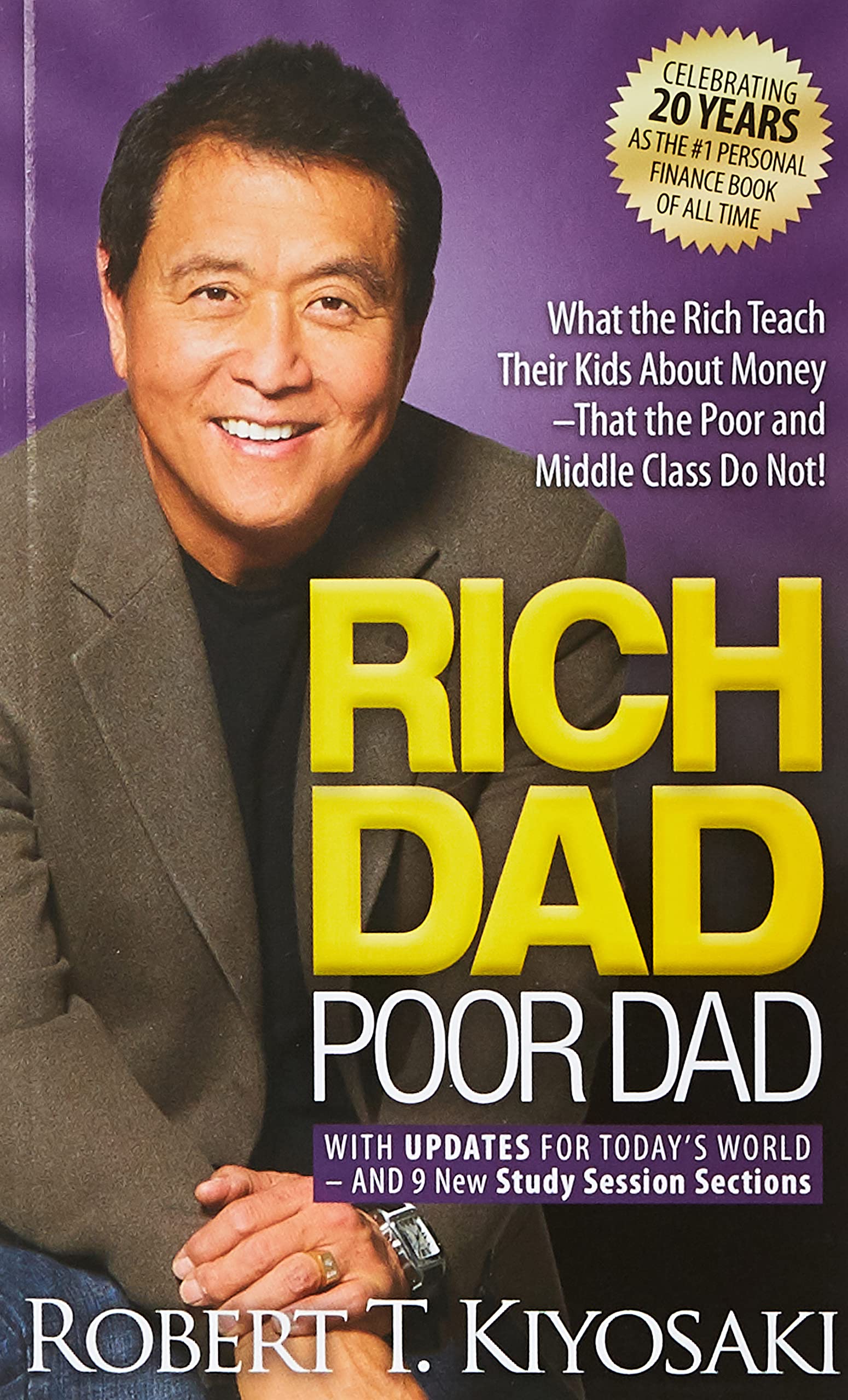Blurb:
“Rich Dad Poor Dad” is Robert’s story of growing up with two dads — his real father and the father of his best friend, his “rich dad” — and the ways in which both men shaped his thoughts about money and investing. The book explodes the myth that you need to earn a high income to be rich and explains the difference between working for money and having your money work for you.
My Review:
I don’t read a lot of non-fiction books, but some authors just know how to make a topic fun to read. Robert Kiyosaki is one such author. Investing used to seem like a big deal to me earlier. It seemed like a scary topic. It’s not that I didn’t understand the maths behind it, but it was the lack of confidence in taking the first step.
After reading this book, I realized what investment should be like; how should they make your accounts look like. It also helped me distinguish between actual assets and liabilities.
“The rich buy assets. The poor only have expenses. The middle class buy liabilities they think are assets.”
The book hooked me from page one where the author explains what led him to write this book. His rich dad taught him things that I think everyone should teach their kids.
The cycle of getting a job, working, and paying bills is repeated till one retires. What makes rich people different from the rest is the question. I love how simplistically the author explains that concept and the difference between thinking like rich people and thinking like poor people.
The book talks about the issues normal people keep talking about—the gap between rich and poor gap: rich getting richer and poor getting poorer.
We know that more taxes are paid by the middle class and poor than by the rich. But it’s not because the government wants to exploit only one segment of the society. The government would love to get as much money as possible in the form of taxes. The reason is that rich people know how to escape taxes legally and use more percentage of their disposable income to invest in their assets. They know how to get their money to work for them rather than them working for the government.
There is a lot to learn from this book. Not only do we understand investment strategies but the mindset of an investor.
The nutshell summary of the book would be that we should invest in assets that could actually make more money for us. And that risk is an integral part of high-profit investments, and therefore, one must not be scared of losing.
The writing style is simple and anyone can understand the concept easily. If you want to take a step towards understanding investment, this book is a great first step.

